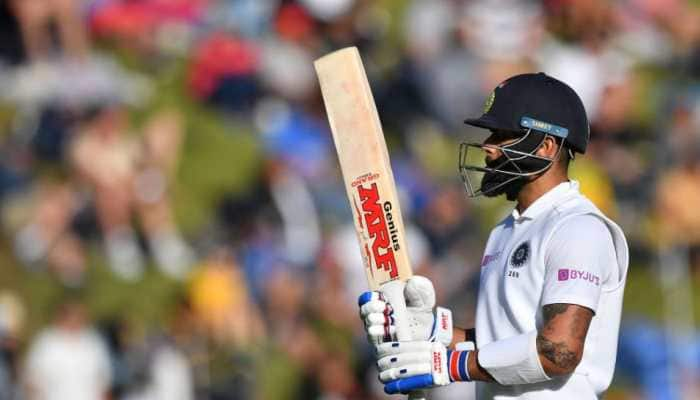You may actually be 'dissaving' by putting money in savings instruments
As per the latest RBI data, household financial savings had declined sharply to 10.4 percent of the nation’s gross domestic product (GDP) in the July-September period of FY21, down from 21 percent of the GDP in Q1 of FY21. It is estimated to have further declined in the December quarter as consumption intensified and options to save were disincentivised.
- The situation has emerged in wake of a sharp fall in deposit rates due to aggressive rate cuts by banks in response to the Reserve Bank of India’s (RBI) reduction in the benchmark rates, coupled with a rise in consumer prices.
- As per the latest RBI data, household financial savings had declined sharply to 10.4 percent of the nation’s gross domestic product (GDP) in the July-September period of FY21, down from 21 percent of the GDP in Q1 of FY21.
- The data released on Thursday showed WPI inflation accelerated to 7.4 percent in March, higher than the 27-month high of 4.2 percent in February.
Trending Photos
)
You may not have noticed it but the actual interest rate that you are getting on your bank deposits and investments in small savings schemes has fallen into the negative territory. This means that the return on investments is not yielding any positive value but only covering for higher inflation and savings may actually be falling in their real value.
The situation has emerged in wake of a sharp fall in deposit rates due to aggressive rate cuts by banks in response to the Reserve Bank of India’s (RBI) reduction in the benchmark rates, coupled with a rise in consumer prices. What this meant is that the real interest rate (actual return that you get on your savings minus inflation) has been pulled into the negative territory, disincentivising savings.
As per the latest RBI data, household financial savings had declined sharply to 10.4 percent of the nation’s gross domestic product (GDP) in the July-September period of FY21, down from 21 percent of the GDP in Q1 of FY21. It is estimated to have further declined in the December quarter as consumption intensified and options to save were disincentivised.
A look at the official inflation data based on the wholesale price index (WPI) makes things clearer on the trajectory for returns on savings. The data released on Thursday showed WPI inflation accelerated to 7.4 percent in March, higher than the 27-month high of 4.2 percent in February. This is the highest inflation rate recorded in the new data series. The previous high was 7.4 percent in October 2012.
Even if one looks at inflation based on the consumer price index (CPI), the trajectory has been going up and up. After falling to 4.06 percent in January, CPI inflation inched up to 5.03 percent in February and further to 5.52 percent in March 2021. Food inflation also increased recently; however, the concern is the elevated level of core inflation. Core inflation has not come down and has remained above 5 percent since June 2020 and touched 6 percent in March 2021.
If we compare the developments on inflation with the rate of interest prevailing on prime savings instruments, the plight of the common man becomes clearer.
Stay informed on all the latest news, real-time breaking news updates, and follow all the important headlines in india news and world News on Zee News.
Live Tv







)
)
)
)
)
)
)
)
)
)
